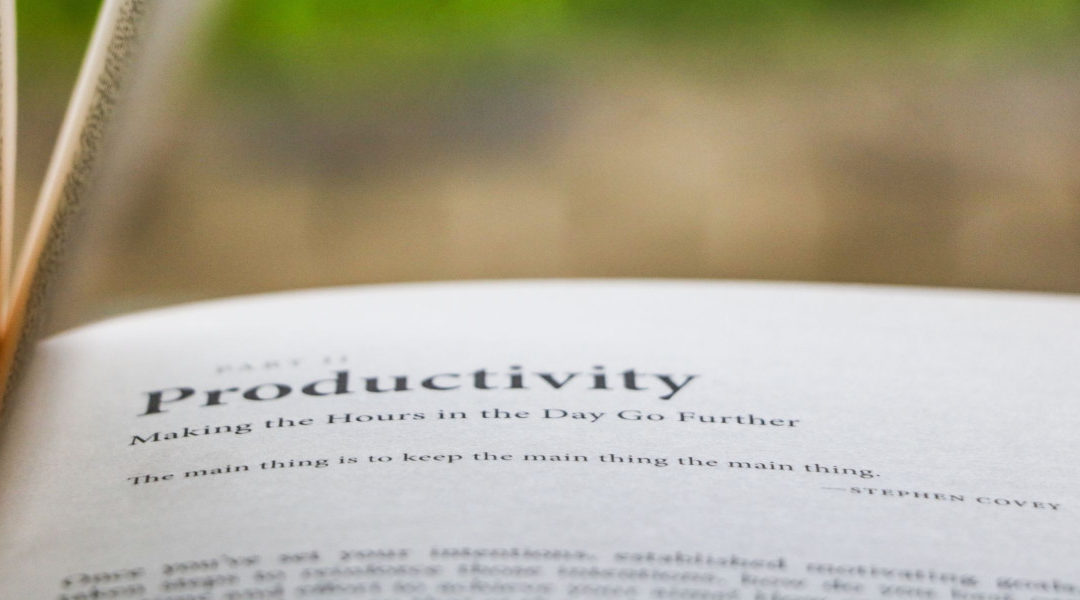We all know from personal experience that the pandemic has forever changed the way people work. The early weeks totally upended everyone’s schedule and disrupted any efforts at effective time management. (Remember how hard it was to even keep track of what day it was when we were in quarantine?)
Eventually, we rebuilt our schedules so we could keep working while social distancing. Everyone got a lot more familiar with Zoom and chat platforms that allow teams to keep in contact while everyone works from home. We adjusted to working in a strange new world, but obviously things looked different than they had in February 2020. The old “9-to-5” workday (which was really more like “7:30-to-6” for a lot of professionals) didn’t really make sense for people who were stuck at home 24 hours a day.
New Research By Microsoft
Microsoft researchers, studying keyboard data from some of the company’s 180,000 employees, found a new trend began when the pandemic did. Traditionally they had seen employees have two “productivity peaks” during the work day, one before lunch and one after lunch. These are the periods when people are typing the most and getting the most done in their workday. After “Work From Home” started, researchers found that about 30 percent of Microsoft employees had added a third productivity peak to their day, in the evening hours. The researchers described the phenomenon as a “triple peak day.”
The triple peak day isn’t necessarily a good thing for time management and productivity or mental health, since it suggests that some employees are working longer hours and taking less time to rest and recharge. The researchers themselves acknowledge that. Shamsi Iqbal, principal researcher on productivity and intelligence at Microsoft Research, was quoted as saying: “This [third] peak is different from the other two peaks because it raises the question, ‘Is this about flexibility, or is it about work encroaching on someone’s personal hours?’”
Paying attention to productivity peaks can help you think about time management differently.
While the concept of the third peak isn’t new, I’m thinking about it right now because I think there’s something useful in the concept of productivity peaks.
A lot of smart and successful professionals are really struggling with time management right now, for a lot of reasons. They’ve gone back to being as overwhelmed and over-scheduled as they were before the pandemic began. COVID is still a very real concern as new omicron variants spread, so everyone’s plans are still very much tentative. All it would take is one member of your household getting sick to derail your entire week.
It’s critical that you can use your work hours as effectively as possible, so you can get the most important things done even when something comes up that derails your plans for the day.
Noticing when your productivity peaks lets you align your daily schedule with your peak priorities.
Every one of us has to do this for ourselves because everyone is wired differently. If you’re most productive first thing in the morning and late in the afternoon, it probably doesn’t make sense to schedule your most important tasks for mid-day. Plan to tackle them when you’re at your most productive because that’s when you’ll also probably feel the most engaged, focused and energized by what you’re doing.
I also think it’s important to talk about the “triple peak day” now, more than two years after the pandemic started, because I want to make sure you are actively protecting your personal time from being encroached on by work.
Because everyone’s wired differently, you might be someone who has three (or more) productivity peaks every day. Maybe you love sitting down to dive deep into important tasks between 7 and 9 every evening, and in return give yourself two hours of personal time in early afternoon. But if you find yourself working that late into the night only because you always run out of time to get things done during the day, that’s not a productivity peak. That’s a problem that needs to be fixed.
3 Tips for Maximizing Your Productivity Peaks
1. Track your productivity with real data…
It can be challenging to figure out exactly when you’re at your most productive during the course of a typical day, especially if there’s no such thing as a typical day in your line of work. Using a time tracking app or a stopwatch can help you get an idea of how long various tasks take you to do at different times of day. Or spend a few days writing down everything you do within each one-hour block of time to look for patterns.
2. Think about your “personal time” peaks too…
At what times of day do you most enjoy being out of work mode? What hours are most important for you to carve out and protect from letting work encroach? Schedule these hours into your daily and weekly plans just like you schedule work tasks.
3. If you’re a “triple peak” person who often does work after dinner time, stagger your peaks from day to day...
Maybe you’re someone who’s prone to bursts of productivity early in the morning, just after lunch and late in the evening. Having three or more productivity peak times doesn’t mean you need to be working in all three periods every day. If you’re going to work late one evening, build some off time into the next day’s schedule so you’re not sacrificing your personal time in the name of productivity. You can also use your event peak to purposely focus on a project that you want to get done that is outside of work.
If you need more support with time management and productivity, join me for Jump Start Your Productivity LIVE! Virtual Workshop and Home Study! You’ll figure out where you’re wasting time, learn how to create daily and weekly routines that work for your brain and your life, and get clear about how to use your time most productively so you can live the life you crave. Click here for more information and to register.
Gratefully,
Sarah
- 7 Rules for Balancing Productivity and Fun This Summer - June 19, 2025
- Time is Money: Maximizing Time Management During Financial Anxiety - May 16, 2025
- Is Your Tax Personality Also Your Time Management Personality? - April 18, 2025



